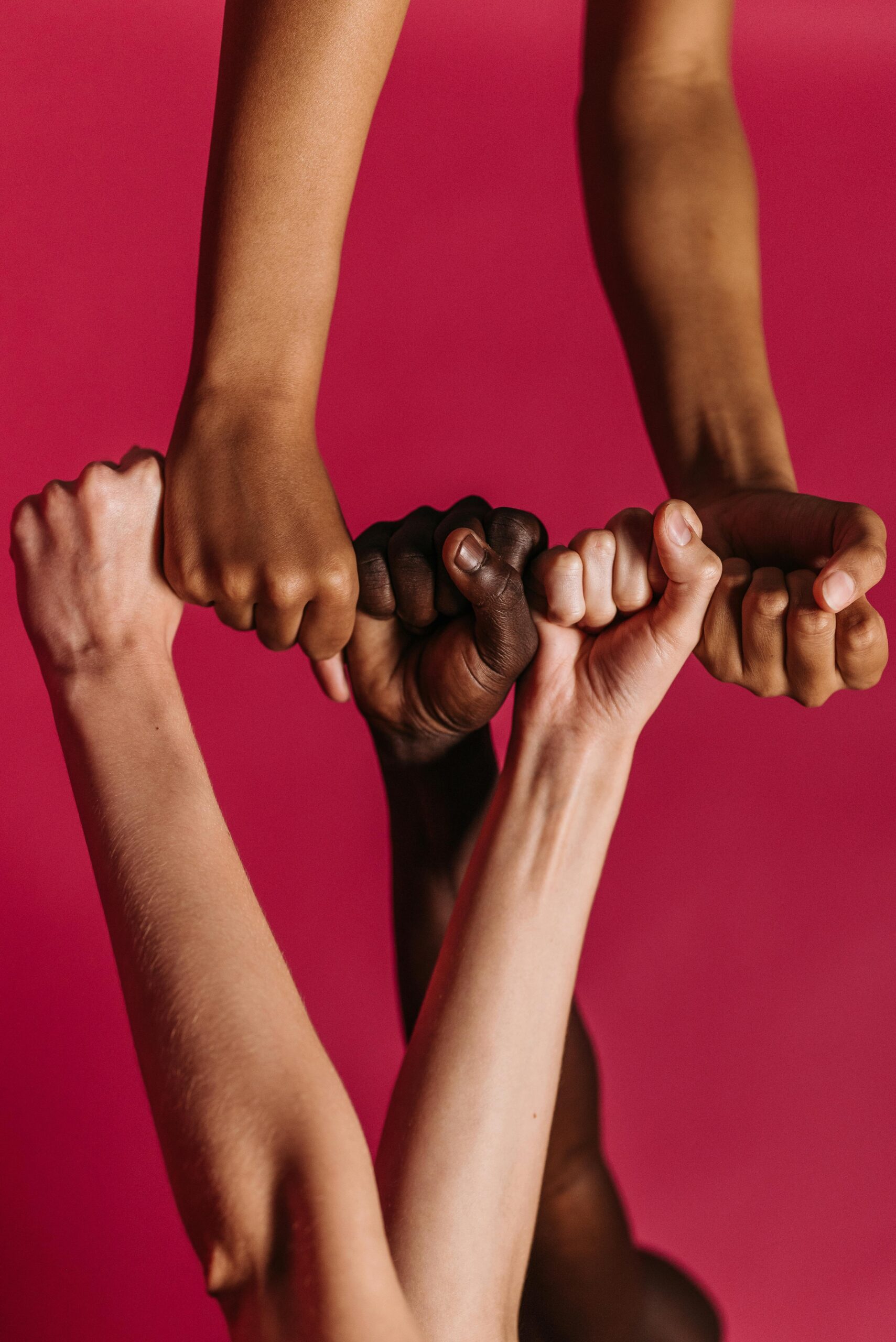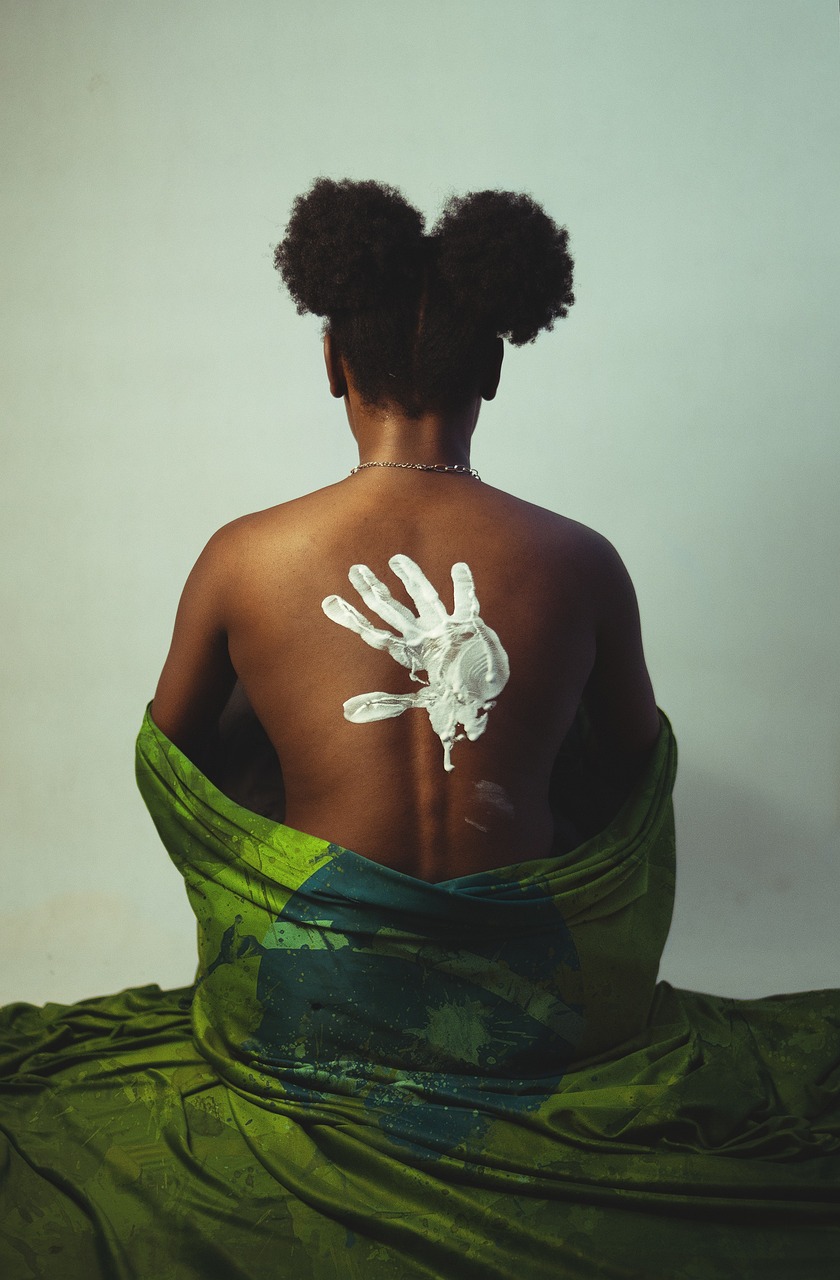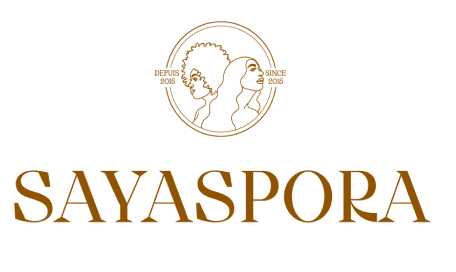December 4, 2024
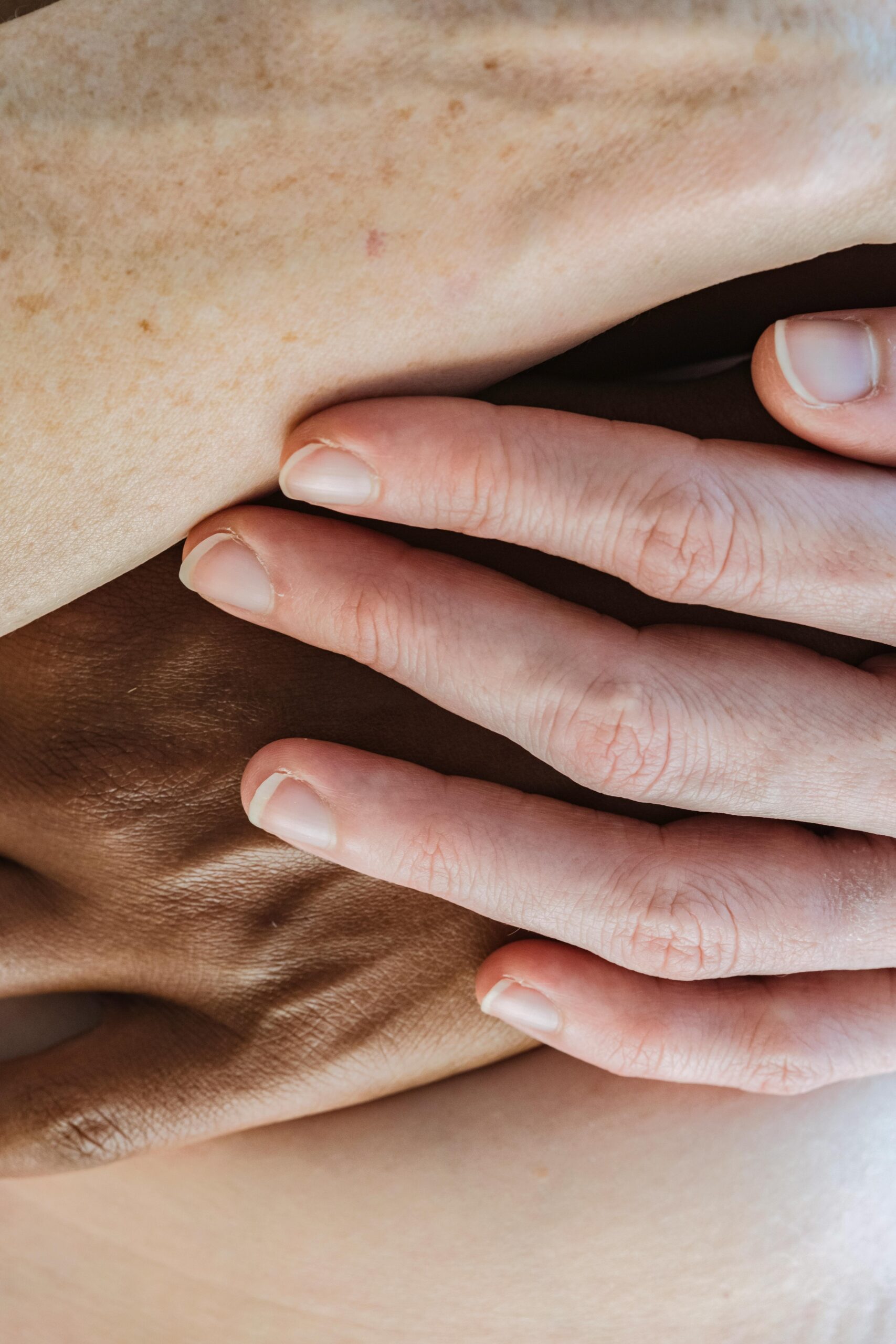
By Sayaspora
What would a more just, equitable and inclusive society look like?
This power of imagination is vividly explored in stories like Wicked, whose soundtrack I’ve been listening to since the latest version with Cynthia Erivo and Ariana Grande came out! The film’s narrative centers on the unlikely friendship between two women, Elphaba and Glinda, who defy societal expectations and embrace their differences. Wicked highlights themes of acceptance, marginalization, and personal empowerment, showing how art can challenge societal norms and promote inclusivity.

Inclusivity is the cornerstone of a just society, where everyone, regardless of background or identity, has equal access to opportunities and resources. Imagining a more inclusive world is essential — not just as an ideal, but as a critical step in challenging systemic inequalities. As bell hooks said, “Life-transforming ideas have always come to me through books, but the greatest of all discoveries has been the discovery of the power of imagination.” This article will explore how artistic activism and decolonization can help us envision and build a more inclusive future, using creative and collective action to reimagine a better world for all.
Why Does Inclusivity Matter?
Inclusivity isn’t just about seeing more faces or hearing different voices; it’s about making sure everyone has a seat at the table. It’s about real, equitable participation in all parts of life — social, political, and economic. According to Vie Sociale, true inclusivity ensures that all people, no matter their background or identity, can access resources, influence decisions, and actively shape society. This idea didn’t emerge overnight. Over time, as people began to confront the deep-rooted inequalities of race, gender, and class, the understanding of inclusivity evolved — from a mere acknowledgment of difference to the need for systemic change.
Why does inclusivity matter? Because it’s the foundation for a just society. Inclusive communities are more harmonious, more innovative, and ultimately, more resilient. When diverse perspectives are brought into decision-making, solutions are more thoughtful, more effective. Activism has always been about challenging the structures that exclude and silencing the voices of those who have been pushed to the margins. It’s about creating spaces where everyone, regardless of their circumstances, can be heard.
By Any Means Necessary
As we think about inclusivity and the need for societal change, it’s clear that action is required — not just in our policies, but in the way we think and express ourselves. Artistic activism plays a crucial role in this process, using creativity as a tool for social change. Rather than just reflecting the world as it is, artistic activism challenges the status quo, raises awareness, and sparks conversations that lead to action. As the Westport Library defines it, artistic activism is about using art — whether visual, musical, or performative — to push for social justice and inspire new ways of thinking.
Artistic activism isn’t just about pointing out problems; it’s about imagining alternatives. Take, for example, the powerful street art seen in movements like Black Lives Matter or the protests for climate justice. These forms of art don’t simply critique — they offer a vision of a world where things could be different. Through music, murals, theater, and digital media, artists have been able to move beyond the limits of words and create visual, emotional responses that demand change.
Now, this art may not always be perfect; specifically as it relates to some of the tv shows and films that are made around the Black experience. Yes, the number of shows and films containing Black leads and plotlines have increased, however it seems as though the commodification of Black trauma has as well. Films about the Black experience are often centred around some form of trauma — such as slavery, police brutality, the civil rights era, and more. The need for filmmakers and storytellers putting out nuanced narratives is critical.
Workshops and creative spaces like those offered by Harvard’s Global Studies Outreach provide people from all walks of life an opportunity to come together and reimagine a better world. These spaces allow individuals to dream collectively, share their ideas, and use art to inspire collective action toward a more just, inclusive future.
Decolonizing the Future
Let’s look ahead for a moment…decolonizing the future means challenging the way we’ve been taught to think about power, culture, and knowledge. For centuries, colonial powers imposed their values and systems on other communities, often silencing their voices and erasing their traditions. Decolonization is about undoing this harm and making space for the wisdom and practices of marginalized peoples. It’s about questioning the systems that continue to favor the few over the many, and creating new ones that reflect the needs of all people.
Decolonizing the future isn’t just about looking back and correcting past wrongs — it’s about building a future that values diversity, equity, and inclusion. It’s about reimagining education, governance, and technology in ways that include voices and ideas that have been excluded. By embracing multiple perspectives, we can create a world where everyone has the opportunity to shape the future.
Let’s Make it Real
Imagining an inclusive future requires real-world action. One example is The Nap Ministry, which promotes rest as a form of resistance and healing, particularly for Black women. Through art and public events, they challenge the pressure to overwork and highlight how self-care is a radical act of justice. In a culture that celebrates boss babes and grind culture, this truly goes against the grain.
Another example is the Disability Justice Movement, which advocates for the full inclusion of people with disabilities in all aspects of life. We’re all one health incident away from being differently abled, and yet we move through life with little regard for accessibility for all. Groups like the Disability Justice Network push for policies that are not only accessible but equitable, ensuring people of all abilities have the resources to thrive.
The Climate Justice Movement also highlights the need for inclusivity, connecting environmental harm with racial and social justice. Organizations like The Sunrise Movement and Black Lives Matter fight for solutions that address both climate change and systemic inequality, ensuring that marginalized communities are heard and included in the fight for a sustainable future.
What Else is Possible?
Building a more inclusive society starts with imagining it…and then making it real. Through art, activism, and decolonization, we can challenge the injustices that hold people back. When we come together and lift up every voice, we create a world where everyone belongs, and everyone has a chance to thrive.
I invite you to take some time to imagine it with me.
References:
https://globalstudiesoutreach.harvard.edu/imagining-better-world-arts-activism-and-social-justice Définition artistic activism: https://westportlibrary.libguides.com/ArtActivism
Exemple d’un monde imaginé: https://thenapministry.com/
Decolonizing the future: https://idrc-crdi.ca/en/research-in-action/cultivating-imaginations-decolonized-future,https://www.thefuturescentre.org/what-does-it-mean-to-decolonize-the-future/
Similar articles
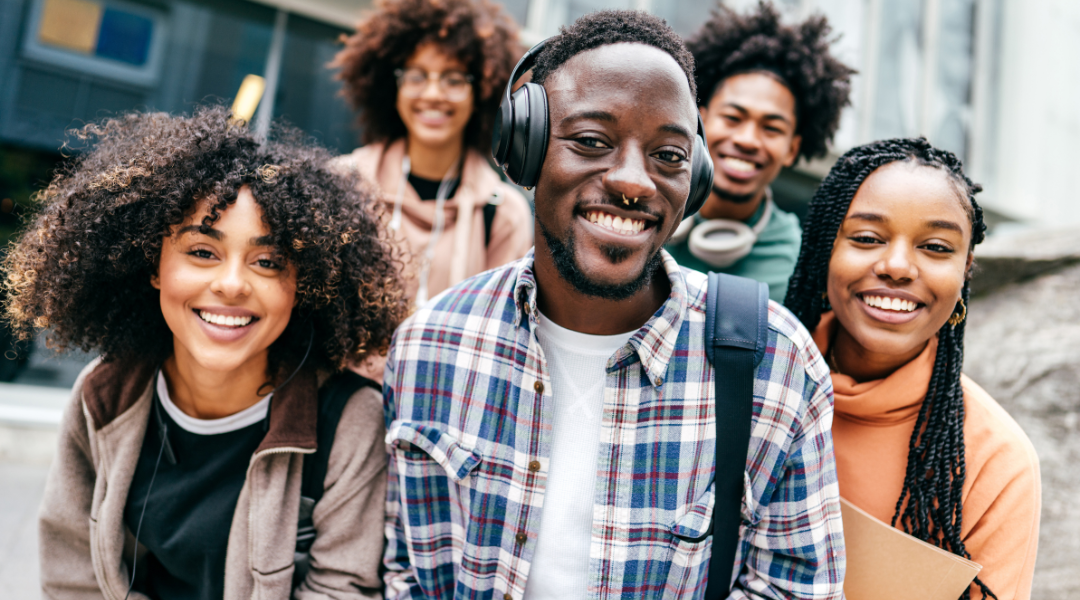
January 20, 2025

